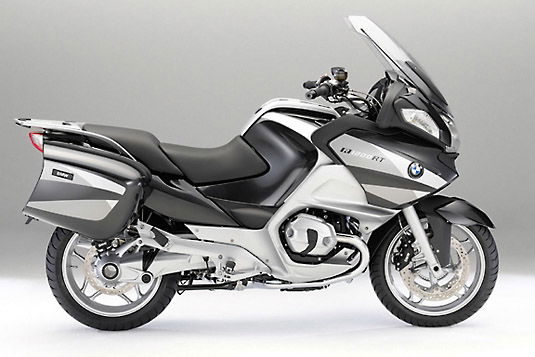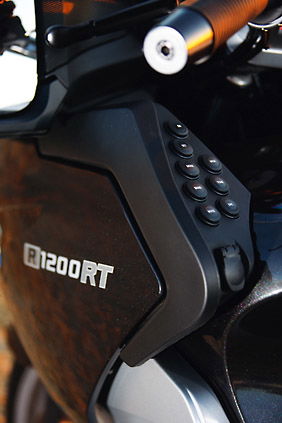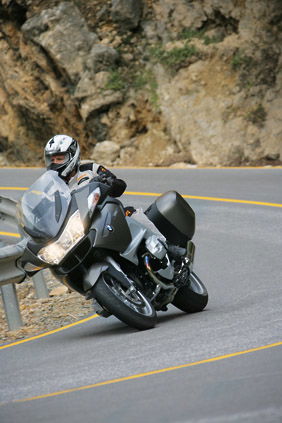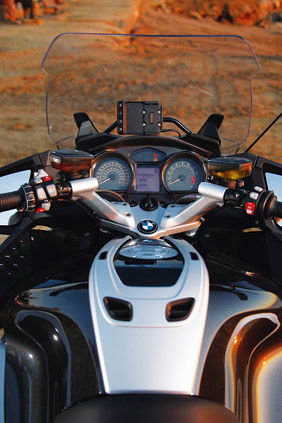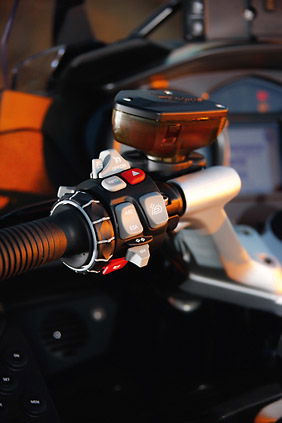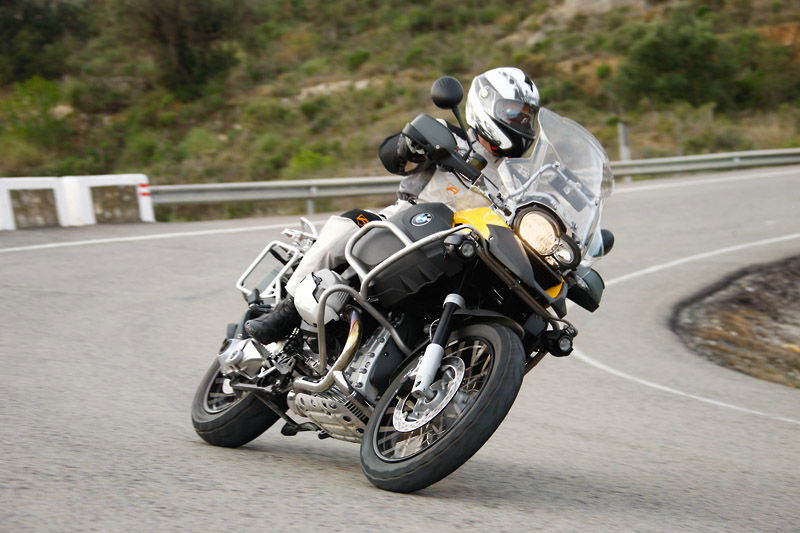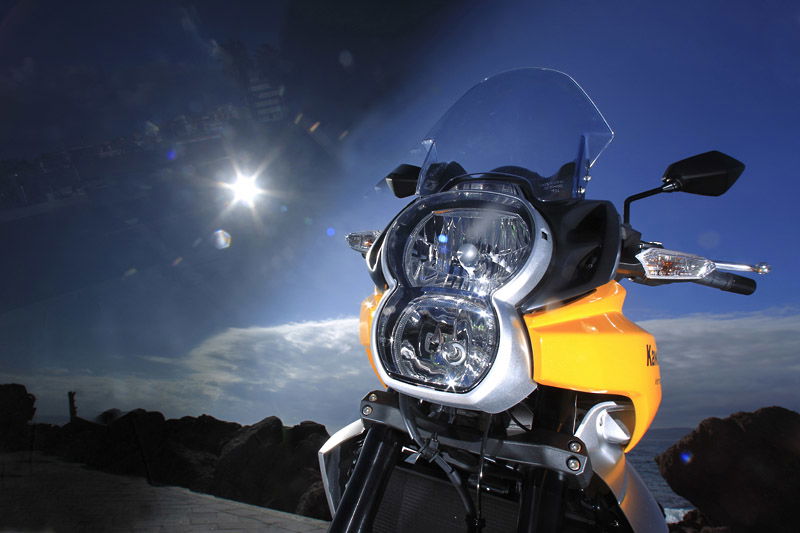2010 BMW R1200RT launch test review
BMW’s already excellent big tourer gets a new motor with more grunt and a host of comfort improving gadgets for 2010, not to mention a fruity exhaust note
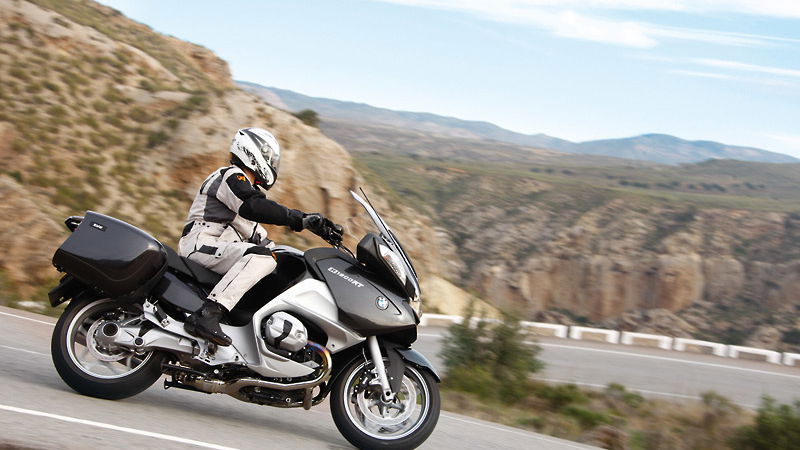
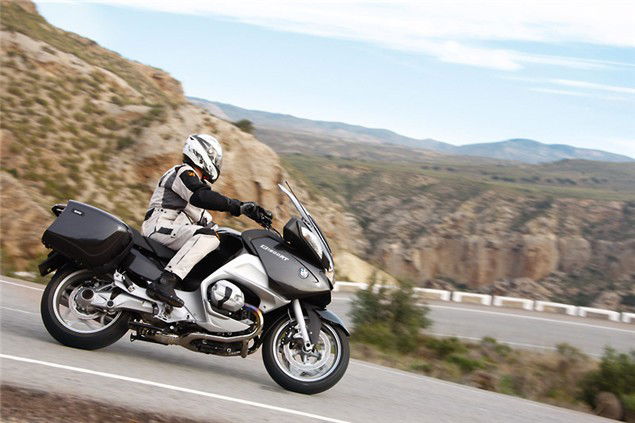
Click to read: BMW R1200RT owners reviews, BMW R1200RT specs and see the BMW R1200RT image gallery.
At first glance the 2010 BMW R1200RT looks just like the 2009 model – which is no bad thing as the old one was so right a major redesign wasn’t needed. Instead, the RT gets a comprehensive refresh to go with the new twin cam boxer motor it shares with the 2010 GS and Adventure, further improving an already very good bike.
The new motor is welcome, bringing as it does an extra helping of midrange torque, up from 85ft-lb to 88ft-lb at 6,000rpm. There’s a wider rev band to play with as well as a slightly un-RT-like exhaust note thanks to a new electronically-operated flap in front of the silencer. But despite what BMW describes as a “more dynamic” cam cover shape, there’s not much to see and no more power at the top end despite the extra cams.
Instead, the bike is simply easier and more relaxing to ride quickly and, given that at 229kg dry including sidecases it is easily the lightest machine in its class, it is a notably agile and rewarding ride. The sweet handling associated with the GS is just as evident in the RT, which shares its Telelever front-end and Paralever swingarm. Steering through the 17-inch front wheel is naturally more road oriented, feeling planted where the GS is light-footed but, even with the side cases attached, this is a capable and quick road bike.
For 2010 it gets ESA2 as an optional extra; judging by its effect on handling, this has to be top of the list. Seen previously on the four-cylinder K-bikes, the system offers nine possible options, the three spring preload settings adjustable when stationary while the three damping modes can be selected while moving. It is tempting at the end of a session of hairpin bends in Sport mode to wonder whether it is worth having the others. Normal is significantly softer and allows the RT to wallow uncomfortably when pushed; Comfort is not even worth considering. Find a bumpy stretch of motorway or straight road, however, and the latter quickly earns its keep. ESA2; it’s the future…
Sit in the standard two-height adjustable seat and the view is of a comprehensively-equipped cockpit dominated by a remodeled instrument cluster. The dials should reflect less light, the clutch and brake fluid reservoirs are rubber-mounted and there’s a new cover panel, but the major change here is to the audio system. Available as an optional extra at £1,230, it dispenses with the bulky old CD drive in favour of interfaces for MP3 player or iPod plus a radio with 24 programmable slots in place of the six offered previously. The system can be operated either from the left handlebar using a Multi-Controller ring or from the multitude of buttons on the left-hand fairing inner panel.
Familiar enough to current 1200RT owners, the new fairing is lighter and boasts detail refinements designed to improve airflow over the front mudguard, cylinder heads and oil cooler. The screen, adjustable on-the-fly as before, has been reshaped to improve “aero acoustics” and has a stiffer mounting mechanism. It does offer a wide range of adjustment that should suit riders of almost any height but, on the motorway, allowed a constant flow of air to ruffle my sleeves. The mirrors, which do a fine job of protecting the gloves, still show as much hand as road behind, although a shorter rider might have a better eyeline.
One alteration that might make traditional BMW owners sit up and take note is the, er, switch to conventional switchgear with the indicators operated by one button on the left-hand cluster. In line with the adoption of proper switchgear on the S1000RR, this is a great move; it leaves more room on the right-hand cluster for the kill switch and starter button as well as being, well, familiar to use for the BMW noob. The company hopes to gain up to 40% of sales of the new RT through attracting buyers from other brands; this can only help. The 2010 GS and Adventure stick with the old arrangement – for the moment.
A major upgrade over the old bike? Luxuries aside, it has a more powerful engine and better suspension. That’s a yes, then.
2010 BMW R1200RT Specifications
Price £12,135
Top speed 140mph
Engine 1170cc, 8-valve, air-cooled boxer flat twin
Power 110bhp at 7,500rpm Torque 88lb.ft at 6,000rpm
Bore & stoke 101 x 73mm Compression ratio 12:1
Front suspension BMW Telelever Adjustment None
Rear suspension BMW Paralever Adjustment Compression, rebound and preload
Front brakes 2 x 320mm discs, four-piston calipers
Rear brake Twin-piston caliper, 265mm disc
Wet weight 259kg
Seat height 820mm
Fuel capacity 25l
Colour options Ostra Grey, Thunder Grey, Polar Metallic, (Thunder Grey/Titanium Silver/Granite Grey Metallic - £550 optional extra)
